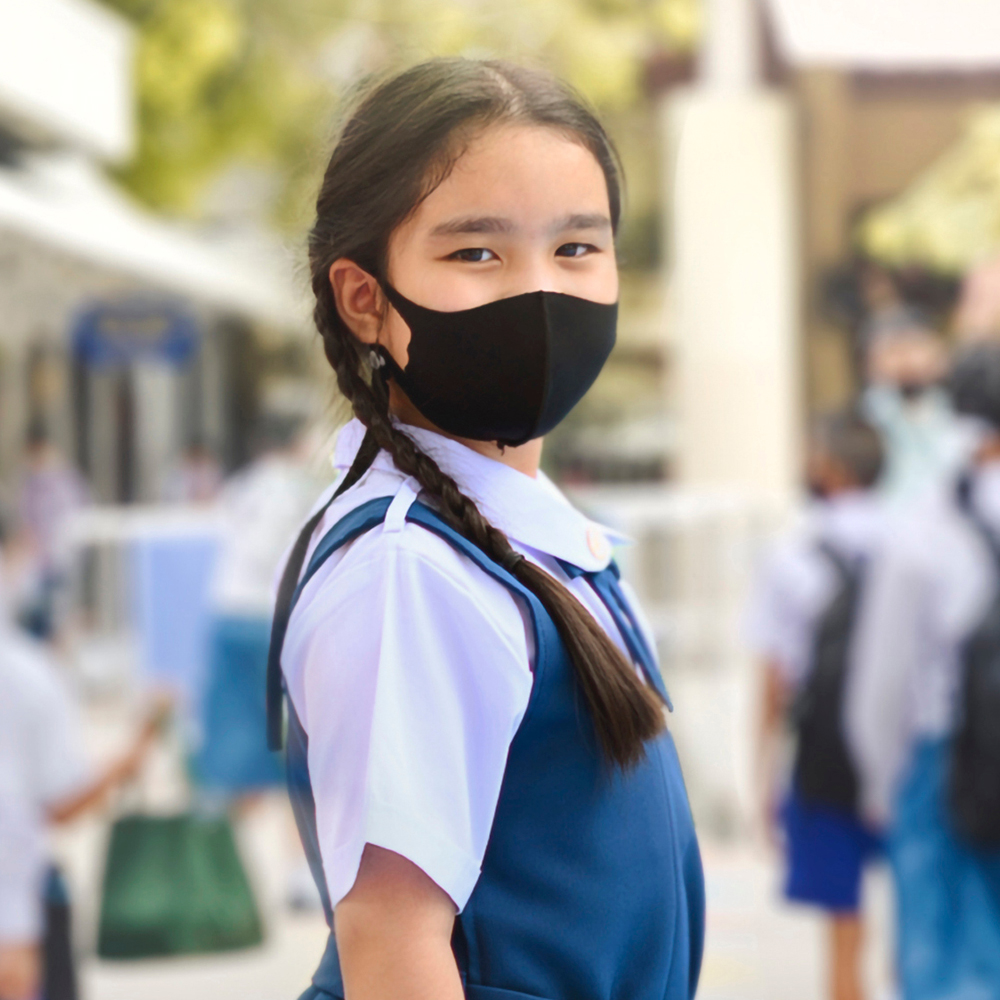
What Do Your Social Distancing Signs Say About Your School?
The health and safety of your school community begins with effective communication. Safety signs in your school convey critical information, and are an essential component to any school re-opening strategy this Fall.
The most effective signage relies on psychology: shapes, colors, symbols, and words quickly and effectively communicate important information to the unaware.
Think of the color red: it immediately conveys a warning, or a sense of danger, before the text on the sign has even been read. Because this is how our brains are hardwired, critical messages, such as those on “Wrong Way,” “Do Not Enter,” and “Stop” signs, are designed predominantly in red. Beyond colors, symbols are equally significant: studies have shown that drivers will react to school crossing signs with simplified, human-shaped figures almost a second faster than plain text signs alone.
Like all school signs, pandemic-related signage sends subliminal and overt messages. Social distancing floor decals remind students, faculty, and staff to remain six feet apart by using simplified figures and symbols to emphasize the message; one-way, arrow-shaped floor stickers help channel traffic flow more effectively than words alone. Professional-looking school signage conveys a powerful, reassuring message: social distancing—one of several components of health and safety—has been thought through. Even before anyone has even entered the building, signage signals to parents, visitors, students, faculty, and staff that the safety of your community is a primary concern. Branded signs tell anyone walking into your facilities that your school planned carefully and methodically to provide a safe environment, because it is a clear priority.
Safety Signs in School
Signage in schools has multiple purposes, including:
- Safety Indicators: while these signs historically might have been more prevalent in science labs or workshops, today they appear at campus entrances as reminders to wear face masks, observe social distancing, and use hand sanitizer where available. If your school has an alternate color in its palette that is seldom used, this color can be incorporated into safety signs to help convey differentiated and important safety messages, while maintaining a cohesive visual environment across your school.
- Building/School-Specific Information: such signs communicate room numbers, room functions (e.g., cafeteria, library, auditorium, faculty office, etc.), whether a doorway is an entrance or exit, and now convey additional important information, such as reduced elevator and bathroom capacities
- Circulation Guidance: these signs provide guidance on how to navigate your facilities, including how to get to nurses’ offices or restrooms, and now also indicate the directions of hallways and stairways to facilitate social distancing.
- Stationary Markers: stationary signs have evolved to communicate to school communities where to sit in classrooms or cafeterias at six-foot intervals, and to custodial staff where to position desks and other furniture following periodic room cleaning. Classroom floor decals and other floor decals for schools provide clear direction on where to sit during class or other activities, helping faculty and staff ensure students remain safe while in school.
Signs help ensure students’ safety, both by encouraging social distancing and by reinforcing the use of appropriate personal protective equipment (PPE) when necessary. It is absolutely normal that students want to congregate with their friends in hallways and gathering spaces, but signs remind them that close contact and not wearing PPE are unsafe behaviors that must be avoided.
Signs can also remind students, faculty, and staff not to take shortcuts that compromise distanced traffic flow, and to follow distancing guidelines in the classroom. Even something as simple as a circle can not only help ensure that furniture and students remain six feet apart, but also provide a sense of comfort by marking the center of a buffer zone and safe space that others should not intrude upon.
School Safety Sign Experts
Every school building is different, and the number, placement, and types of safety signs can vary widely. Safe Scholars can help schools plan an effective sign campaign to increase compliance with social distancing and safety guidelines.
Customized signs, floor decals, and other safety reminders can be designed and ordered in minutes. More importantly, signs made of the right high-quality materials can last anywhere up to three months or even a year, while still being easily removable when needed, saving the time and expense of replacing/reinstalling signs—and, ultimately, costing less than seemingly cheaper signs that require early or frequent replacement. Signs rated to slip-resistance standards (such as Underwriters Laboratories’ UL410 testing standard) provide an additional layer of safety to reduce the risk of accidental slips and falls in your school, and can provide an additional degree of comfort to your school community about their safety while on campus.
Send the Right Message
What does safety signage in your school say about your institution and its members? What messages—conscious and subliminal—do visitors, students, faculty, and staff receive?
Safe Scholars can help you with a complete safety sign program or just a few specific signs that cover your one-off needs. Visit safescholars.com.betasites.soundst.com to see how signage can help your school implement its safety strategy.



